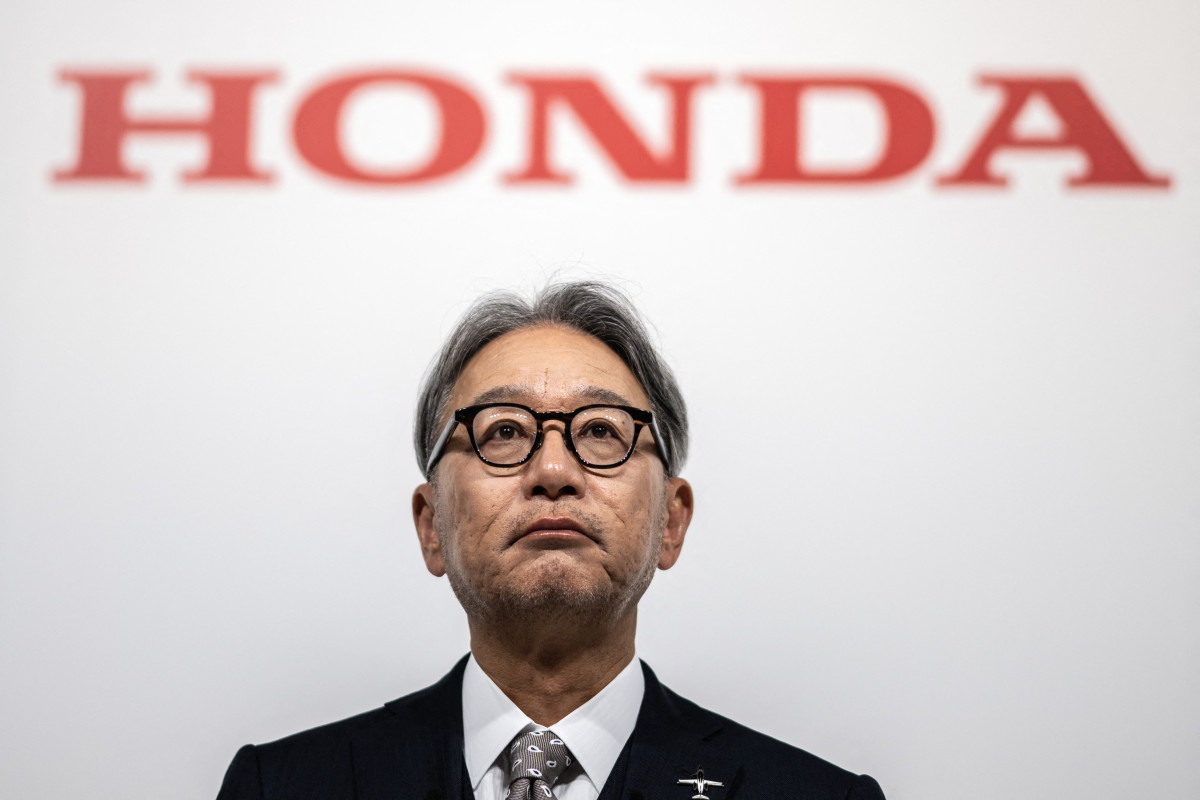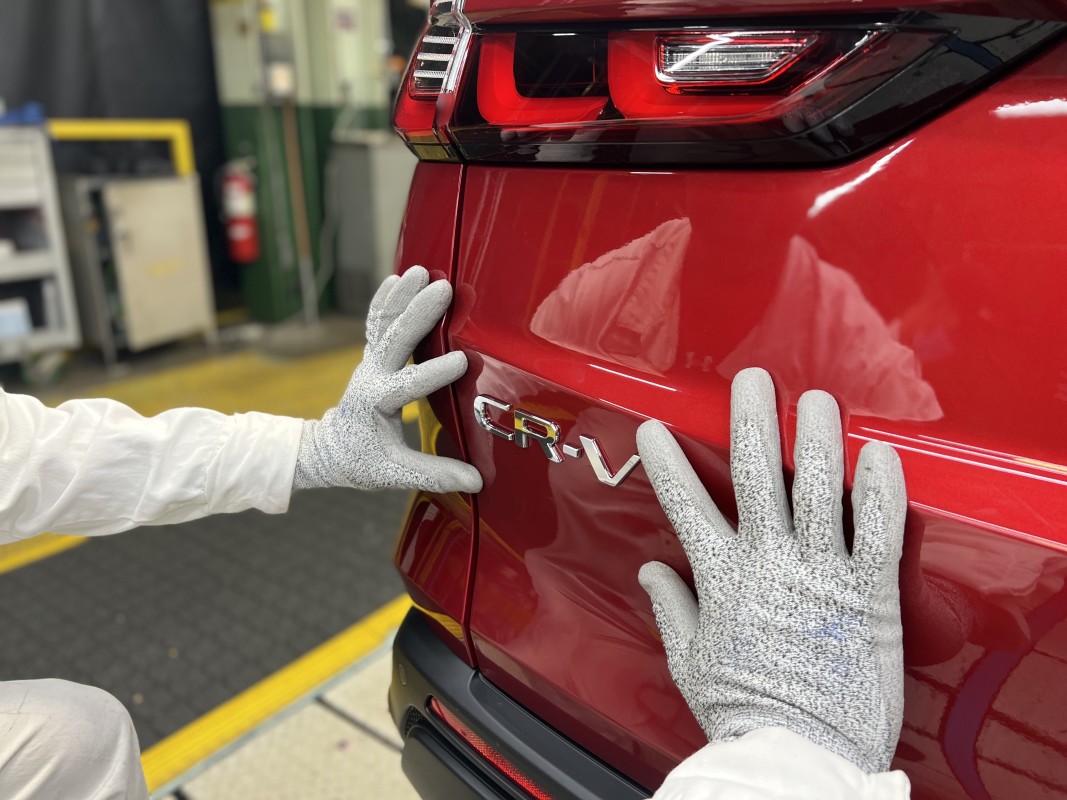Navigating Tariff Troubles

Honda is bracing itself against some harsh financial headwinds thanks to U.S. auto tariffs. With these tariffs potentially taking a massive chunk out of its operating profit, things are looking challenging for the Japanese automaker. Announced by Honda’s CEO, Toshihiro Mibe, during the 2024-2025 fiscal year presentation in mid-May, these tariffs could wipe out a staggering $4.34 billion from operating profits within the current fiscal year, which reaches its end next March.
Honda’s numbers are facing a serious dive. Operating margins are predicted to shrink from 5.6% to a slim 2.5%, and net income might plummet by 70%. It’s a grim scenario, with operating profits forecasted to dip to about $3.34 billion. This figure isn’t set in stone as Mibe mentioned that fluctuations could occur based on tariffs and potential exemptions for certain parts. Alongside cars, Honda’s diverse manufacturing, including small engines and motorcycles, also figures into this equation.
EVs On Hold

Honda’s electric vehicle (EV) ambitions are experiencing a slowdown too. Initially, huge investments were planned in Canada for a comprehensive EV supply chain within Ontario. This included transforming an assembly plant into an EV-focused facility, expected to generate around 1,000 jobs and boost production. However, given the sluggish growth in the EV market, these plans are now on ice. Mibe announced this shift alongside political heavyweights like Ontario’s Premier Doug Ford and Canada’s Prime Minister Justin Trudeau.
Production Strategy
Honda is considering a strategic reshuffle to tackle these tariffs. With about one-third of its U.S. vehicles coming from Canadian and Mexican plants, and a smaller line from Japan, Honda is poised to adjust where its models are produced. This includes the popular CR-V and Civic that are partly made in Canada. In Mexico, around 200,000 vehicles are manufactured with 160,000 headed to U.S. shores, featuring models like the Prologue EV and HR-V.
As the company waits for further developments, they are prepared to pivot if tariffs solidify. Shinji Aoyama, Honda’s COO, indicated openness to altering production lines between Mexico and Canada for short-term relief. For the mid-term, a broader revamp is on the table, optimizing which models are built where.
Looking Ahead
While Honda is grappling with tariffs, it’s less vulnerable than some counterparts like Mazda, which admits it can’t yet determine future earnings predictions due to tariff uncertainties. Fortunately, Honda boasts deep roots in American manufacturing. The Marysville Auto Plant in Ohio has been a cornerstone since 1982, producing models such as the Accord, Acura TLX, and Integra. A solid manufacturing foundation may offer Honda some resilience amid these challenges. Ideally, a mutually beneficial trade agreement between the U.S. and Japan will emerge, smoothing over these tariff woes for the auto giants.
Chrysler Contest 2023
Alfa's New Sports Car
Xiaomi Hood Backlash
Audi Unveils e-tron GT
Toyota bZ Evolves